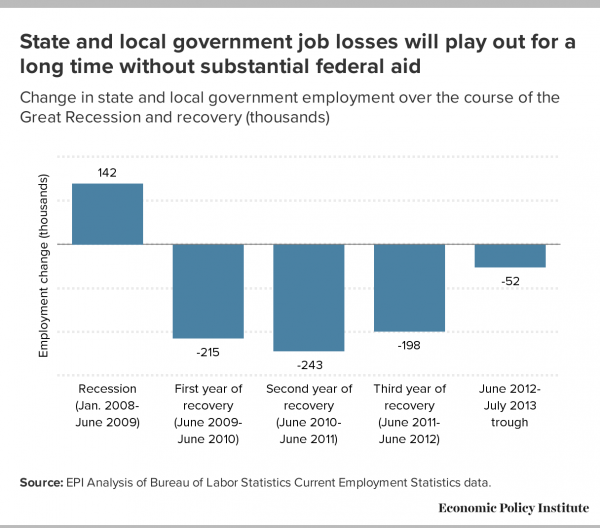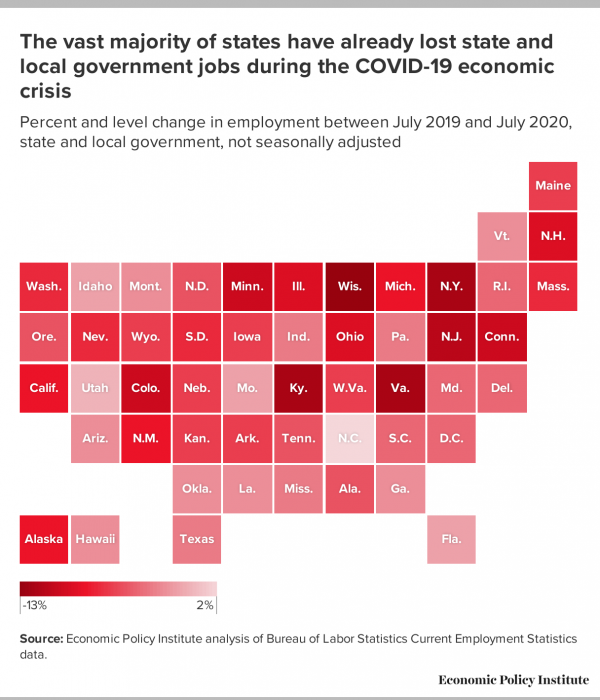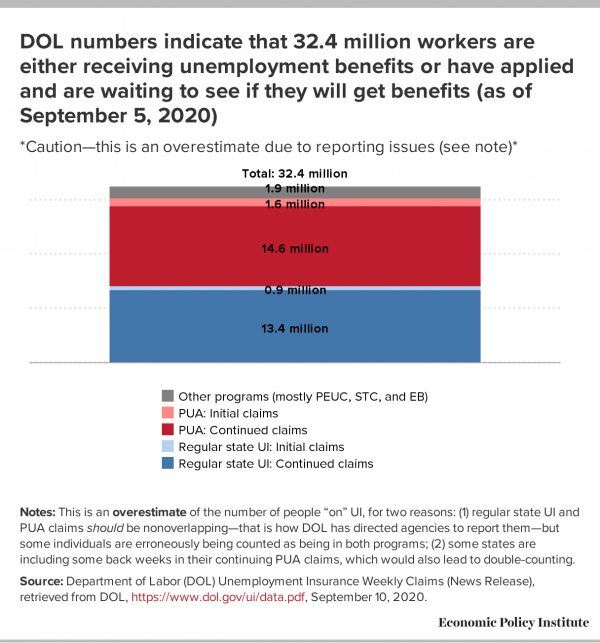https://www.washingtonpost.com/business/energy/coals-last-refuge-crumbles-with-chinasrenewables-plan/2020/09/21/4e896cc4-fc5e-11ea-b0e4-350e4e60cc91_story.html?utm_source=feedly&utm_medium=referral&utm_campaign=wp_business
The trouble is what's happening east of the line. Consumption there rose by a quarter over the same period, and since the region already accounted for about 70% of coal demand, that has driven the global tally up by nearly 10%. If Asia — and in particular China, which accounts for about half the world's coal consumption — can't break the habit, devastating climate change will be unavoidable.

On that front, good news may finally be emerging. Beijing is lifting its energy-transition ambitions in its 14th five-year plan, running from 2021 to 2025, people familiar with the matter have told Bloomberg News. A plan to derive 20% of its primary energy from non-fossil fuels may be brought forward by five years from 2030 and the share of coal in the energy mix cut to 52% by the same date from 57.5% this year, according to the report.
You need to decode those numbers a little to see why such apparently modest changes are a big deal. "Primary energy" is a concept that's a little baffling to non-specialists, including not just the power delivered as electricity but the stuff that's burned in vehicle engines and industrial boilers. It also makes no adjustment for the fact that the relatively low efficiency of turbines means only about 40% of the primary energy that goes into a thermal power station as fuel comes out as electricity.
Adjust the figures according to those rules of thumb, and things come more into focus. Electricity accounts for about 48% of China's final energy mix. If 20% is going to come from non-fossil fuels, that means about 42% of China's grid in 2025 will be renewable- or nuclear-powered, up from about 32% at present.

Assuming current rates of electricity demand growth of about 5% or so a year continue, that's going to require a blistering build-out of wind, solar, nuclear and hydro-electric generation — especially the first two. At present, China has about 241 gigawatts of wind turbines, 180GW of utility-scale solar and 86GW of rooftop photovoltaic panels. The government's target would require 80GW to 115GW of new solar to be installed every year, as well as 36GW to 45GW of wind, according to a note from Industrial Securities Co. No wonder shares of Chinese renewables companies have been surging as reports of the plans have spread.
China already has more than a third of the world's wind and solar generation capacity. Meeting those levels of installations would almost double its installed wind base in five years, and leave solar facilities more than three times the size of the current utility-scale fleet.
The most important issue is what that would do to its coal plants. As we've written, China shows signs of being more addicted to solid fuel than even to oil. Unlike petroleum, there are abundant domestic reserves of coal at a time when Beijing is increasingly mistrustful of foreign countries.
Building coal-fired power plants is also a time-honored way for provincial authorities to juice the economy, however much central government may prefer to decarbonize the energy mix. China has about 250GW of new coal power plants under development, greater than the coal fleets of the U.S. or India, Global Energy Monitor, a group backing the phaseout of fossil fuels, wrote in a June report.
If China does succeed in deploying wind and solar at the rates estimated by Industrial Securities, all that extra coal power will be for nothing. Renewables already appear to enjoy priority over fossil fuels in China where grid access is available, thanks to their lower costs. Assuming that they run the same percentage of the time as current facilities, that scale of building should be sufficient to accommodate almost all electricity demand growth by 2025, even if consumption from the grid increases by 30% over last year's levels.
That's not enough on its own. China produces more greenhouse gases than the U.S. and Europe put together. Like those regions, it needs to be decommissioning its coal-fired power fleet, not just holding current levels of generation constant — especially because renewables now deliver electricity that's cheaper as well as less polluting.
Still, the prospect of a juggernaut of Chinese solid fuel destroying the world's climate goals — a very real prospect, given some of the pro-coal noises that have emerged while the five-year plan has been under development — is looking more remote. China has been the world's most important redoubt of lingering coal demand. As those defenses crumble, the prospect of keeping the world's emissions within more manageable limits looks a little brighter.
This column does not necessarily reflect the opinion of the editorial board or Bloomberg LP and its owners.
David Fickling is a Bloomberg Opinion columnist covering commodities, as well as industrial and consumer companies. He has been a reporter for Bloomberg News, Dow Jones, the Wall Street Journal, the Financial Times and the Guardian.
For more articles like this, please visit us at bloomberg.com/opinion
-- via my feedly newsfeed





